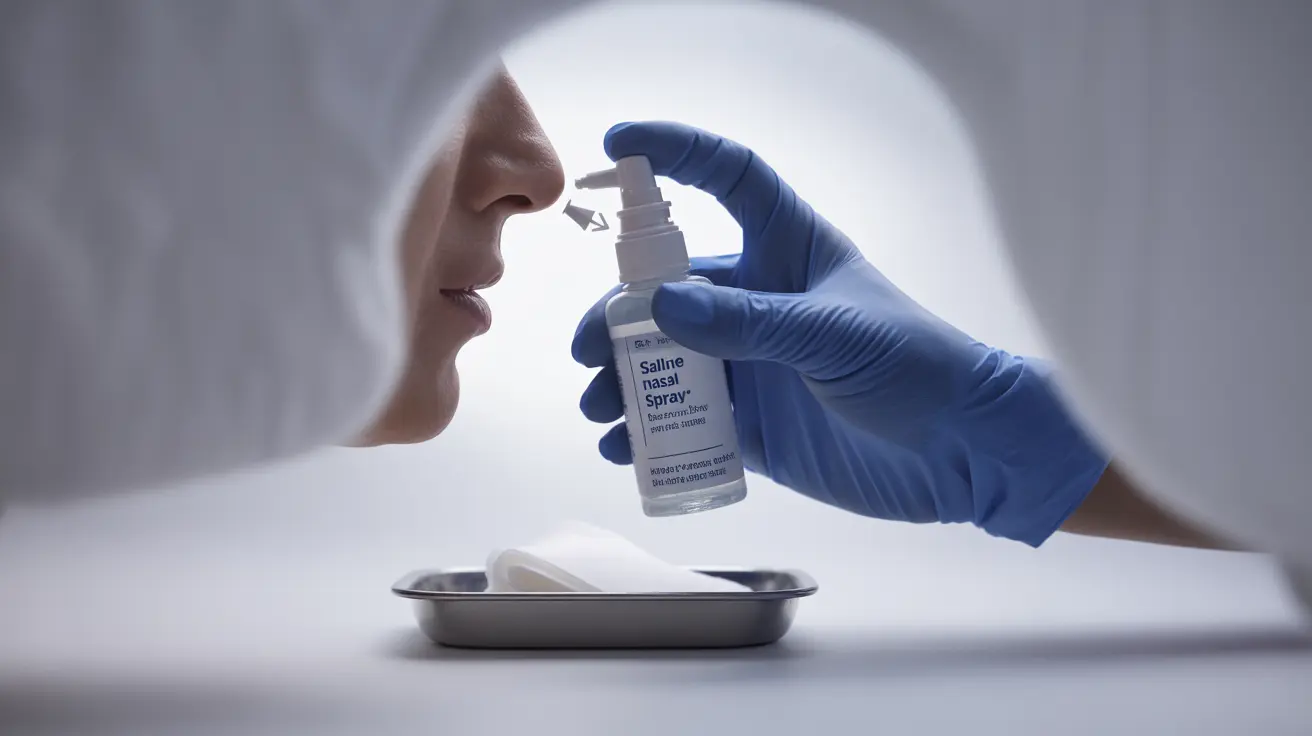For individuals suffering from debilitating migraines, finding quick and effective relief is crucial. Nasal sprays have emerged as a powerful treatment option, particularly when traditional oral medications may not be practical due to migraine-related nausea. This comprehensive guide explores the best nasal spray options for migraine relief and how to use them effectively.
Understanding Migraine Nasal Spray Medications
Migraine nasal sprays deliver medication directly through the nasal passages, allowing for rapid absorption into the bloodstream. This delivery method can provide faster relief compared to oral medications and is especially beneficial when nausea or vomiting makes swallowing pills difficult.
Types of Migraine Nasal Sprays
Two primary types of prescription nasal sprays are currently approved for migraine treatment:
- Sumatriptan nasal spray (Imitrex)
- Zavegepant (Zavzpret)
Each medication works differently to address migraine symptoms, offering unique benefits for different patient needs.
How Migraine Nasal Sprays Work
These medications target different aspects of migraine pathophysiology:
Sumatriptan Mechanism
Sumatriptan belongs to the triptan class of medications, which works by:
- Constricting blood vessels in the brain
- Reducing inflammation
- Blocking pain pathways
- Providing relief within 15-30 minutes for many users
Zavegepant Action
Zavegepant operates through a different mechanism:
- Blocks CGRP receptors
- Prevents inflammation and pain signals
- Can provide relief as quickly as 15 minutes
- Offers an alternative for those who can't take triptans
Advantages of Nasal Spray Delivery
Nasal sprays offer several benefits over other migraine medication forms:
- Rapid absorption into bloodstream
- Bypass digestive system
- Effective during nausea/vomiting
- Quick onset of action
- Easy to administer
Proper Usage Techniques
To maximize the effectiveness of migraine nasal sprays:
- Clear nasal passages gently before use
- Keep head upright during administration
- Aim spray toward outer wall of nostril
- Avoid sniffing forcefully
- Wait several minutes before reclining
Potential Side Effects and Considerations
Common side effects may include:
- Nasal irritation or discomfort
- Unusual taste in mouth
- Throat irritation
- Nausea (less common)
- Dizziness
Frequently Asked Questions
What is the best nasal spray for fast relief of migraine symptoms?
Both sumatriptan and zavegepant nasal sprays are effective options for fast migraine relief. Sumatriptan typically works within 15-30 minutes, while zavegepant can provide relief in as little as 15 minutes. The "best" option depends on individual factors and should be determined with a healthcare provider.
How do sumatriptan and zavegepant nasal sprays differ in treating acute migraine?
Sumatriptan works by constricting blood vessels and blocking pain pathways, while zavegepant blocks CGRP receptors to prevent inflammation and pain signals. Zavegepant may be more suitable for patients who cannot take triptans due to cardiovascular concerns.
Are nasal sprays effective for migraines when nausea or vomiting prevent oral medication use?
Yes, nasal sprays are particularly effective when nausea or vomiting is present, as they bypass the digestive system and deliver medication directly through the nasal passages for rapid absorption into the bloodstream.
What are the common side effects of migraine nasal sprays like sumatriptan and zavegepant?
Common side effects include nasal irritation, unusual taste, throat discomfort, and occasional dizziness. These effects are usually mild and temporary. Serious side effects are rare but should be reported to a healthcare provider immediately.
How should I properly use a nasal spray to treat a migraine for the best results?
For optimal results, clear your nasal passages gently, keep your head upright, aim the spray toward the outer wall of your nostril, and avoid sniffing forcefully. Wait several minutes before reclining to ensure proper absorption of the medication.




